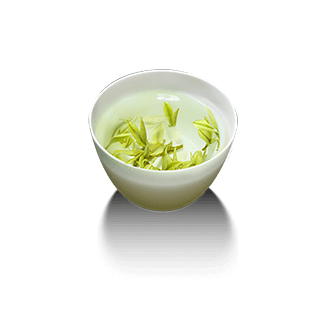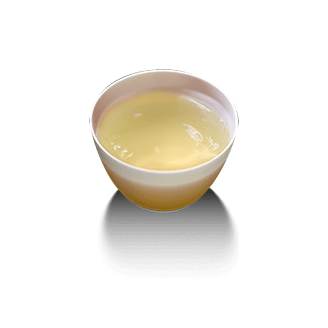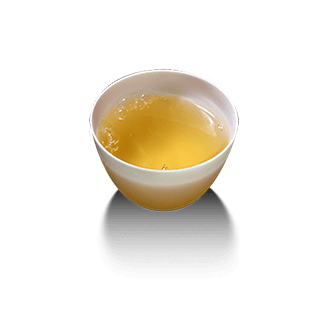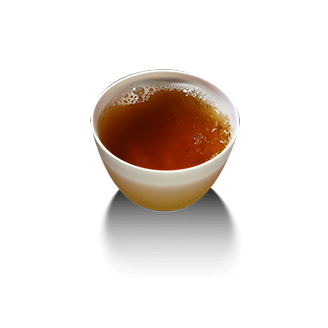


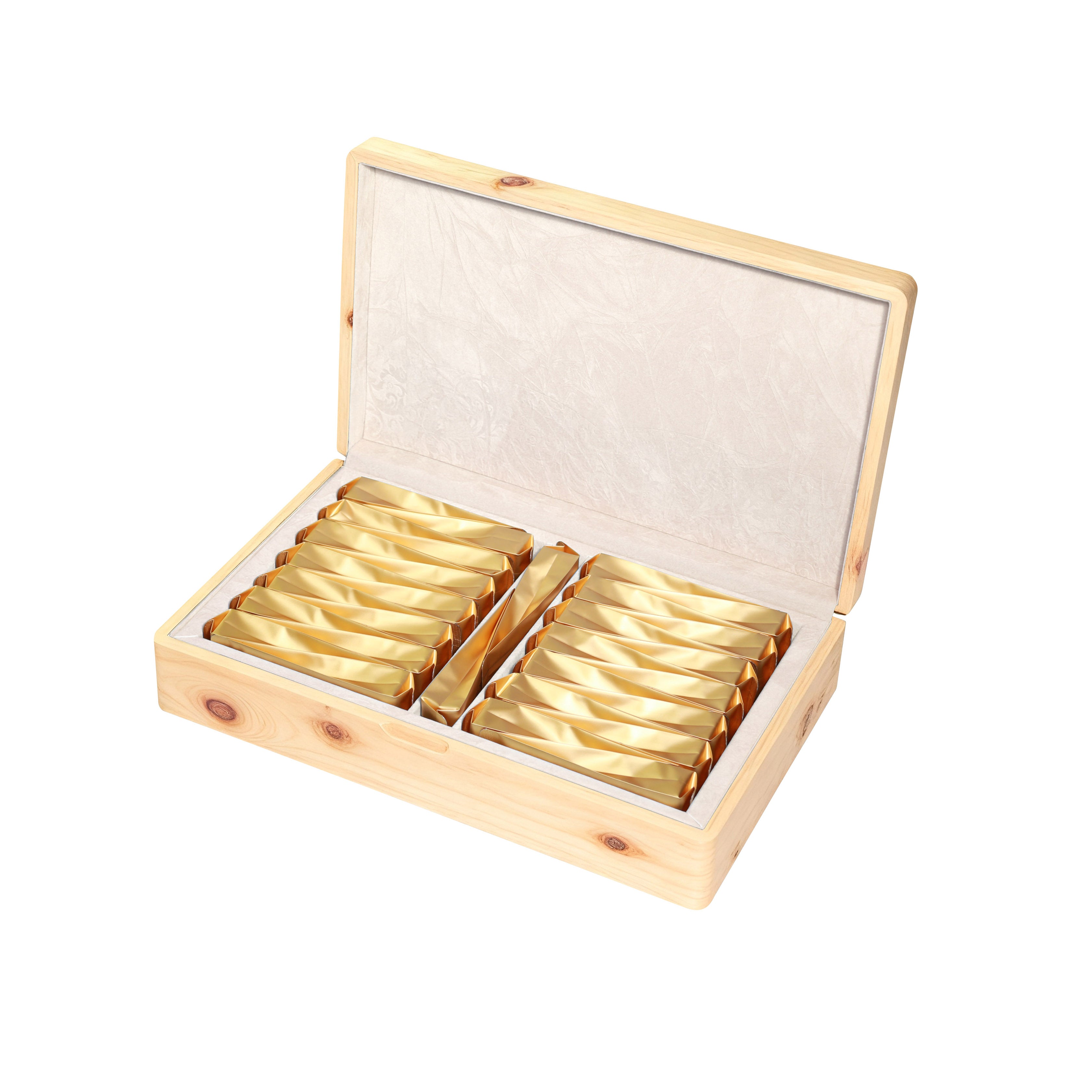
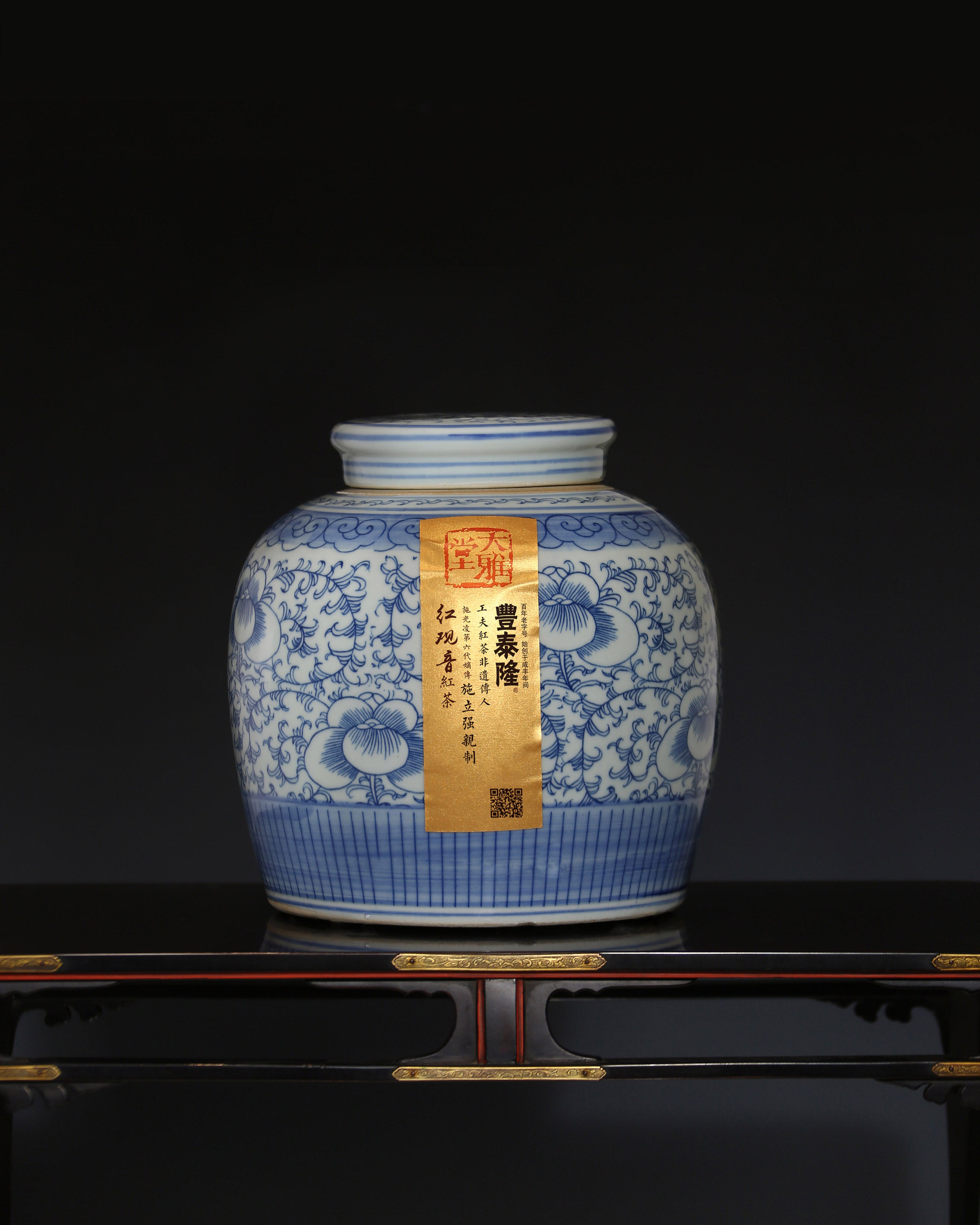
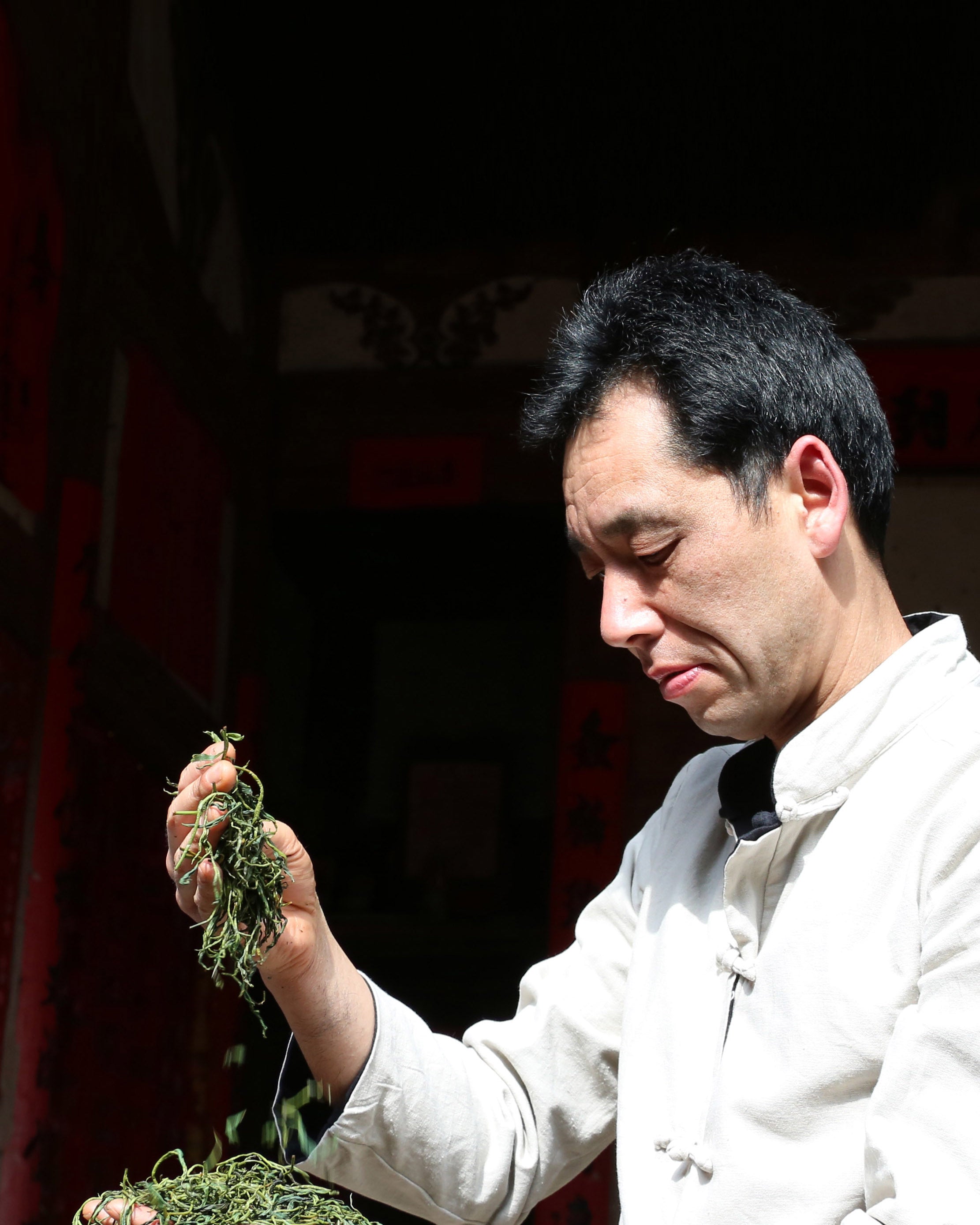
红观音 工夫红茶







红观音 工夫红茶
DayaTang owns two major brands: "F.T.L. 豐泰隆"
and "DayaTang 大雅堂" (registered trademarks)
A Cup of Good Tea
the Perseverance and Heritage of Six Generations
DayaTang owns two major brands: "F.T.L. 豐泰隆"
and "DayaTang 大雅堂" (registered trademarks)

F.T.L.:Since 1851
As dawn broke and the first rays of sunlight streamed into the second floor of the old house in Tanyang, Shi Liqiang, the sixth-generation successor of Fengtailong, was already busy. This was the best time for sun-drying black tea.
The small mountain village in eastern Fujian, with its wisps of smoke rising from its chimneys, is located in the golden tea-producing belt at 27° north latitude—where sunshine and mist embrace natural beauty, and the deep red soil nourishes the "origin of world-class black tea."
Among the generations of tea-making lineage, FTL's lineage is the clearest and most complete, and Shih Li-Chiang is its contemporary successor.
After the green vegetables were dried, we went with Shi Liqiang to Zhenwu Bridge. This trip was for a special incense offering—two years ago, my daughter made a wish to the Zhenwu Emperor here, and now that she has passed the imperial examination with flying colors, we came to fulfill that wish.
This ancient bridge, rebuilt by Shi Guangling, the founder of Fengtailong, in the second year of the Guangxu Emperor's reign, is a carrier of family memories, the starting point of Gongfu black tea, and a testament to the brand.
As one of the founders of Gongfu black tea, Shi Guangling pioneered the maritime tea route for Fujian black tea. His "refined Gongfu black tea," as an oriental luxury item, has been auctioned in more than ten countries around the world, and he established an agency system in 21 international ports. Feng Tailong's "Maritime Silk Road Grading System" was incorporated into the "London Tea Trade Code" in 1883, becoming an international standard.
In 1887, at Queen Victoria's Golden Jubilee banquet, Buckingham Palace placed three times the order—the aroma of tea that year wafted to the British royal family from the waterway beneath this bridge.
For the people of Tanyang, Zhenwu Bridge is a symbol of protection. Generations of villagers have passed down the belief that if the river overflows the bridge by three feet, the mythical dragon of Xiaoyang Village will transform into a powerful storm and submerge the village. Therefore, they have invited the Zhenwu Emperor to guard this place, wielding his sword to slay the dragon and protect the peace of the region. From this point onward, the fates of the bridge and tea have become inextricably linked.
Over 174 years of ups and downs and calamities, our ancestors persevered in their craft amidst the turmoil, like embers sprouting anew, ensuring the resilient continuation of the tea tradition.
Today, the roots of craftsmanship are deeply embedded in the soil of civilization, awaiting rebirth.
A cup of tea reflects 63,000 sunrises and sunsets of the family. The sixth-generation successor, Shi Liqiang, inherited not only the tea-making skills, but also this story of the covered bridge spanning two centuries.
Time flows with the river, but Zhenwu Bridge stands tall, witnessing the brand's complete journey from glory and hardship to its legacy.
This cup of Fengtailong black tea is presented to you not to flaunt its value, but simply to allow you to savor its delicate floral aroma and mellow sweetness.
To understand how tea connoisseurs let the mountains and fields breathe, resisting two centuries of oblivion.
In 2024, Shi Liqiang, an inheritor of intangible cultural heritage, personally crafted "Red Peony" and "Red Guanyin" (Congou Kung Fu Black Tea).
Appreciation
Year: 2024
Level: Top Rare
Produced by: Shi Liqiang, inheritor of the intangible cultural heritage of Gongfu black tea
Origin: Tanyang Village, Fujian, China, the birthplace of Tanyang Kung Fu
Varieties: Red Guanyin, Red Peony
Craftsmanship: Shi family's seven-screening and eleven-step process, the ancient method of Guanxiang.
Quality Appraisal
Appearance of dry tea leaves: 100% The buds are very tender.
Red Guanyin fragrance: The fragrance is rich, long-lasting, and often has a delicate aroma similar to gardenia or orchid, accompanied by a sweet scent. The fragrance has a good persistence.
Red Peony Aroma: The aroma is fresh, sweet, and mellow, mainly composed of osmanthus and honey, with floral, fruity, and sweet potato notes. The aroma is relatively soft and delicate.
Red Guanyin's taste: Sweet potato flavor, mellow and fresh taste, with a certain astringency, quick and long-lasting aftertaste, obvious fragrance in the mouth, and good flavor harmony.
Red Peony's flavor profile: mellow and sweet. The taste is even sweeter and more mellow, the tea soup is smooth, the aroma is pronounced, the flavor is delicate, the bitterness is weak, and the lingering fragrance and aftertaste are long-lasting.
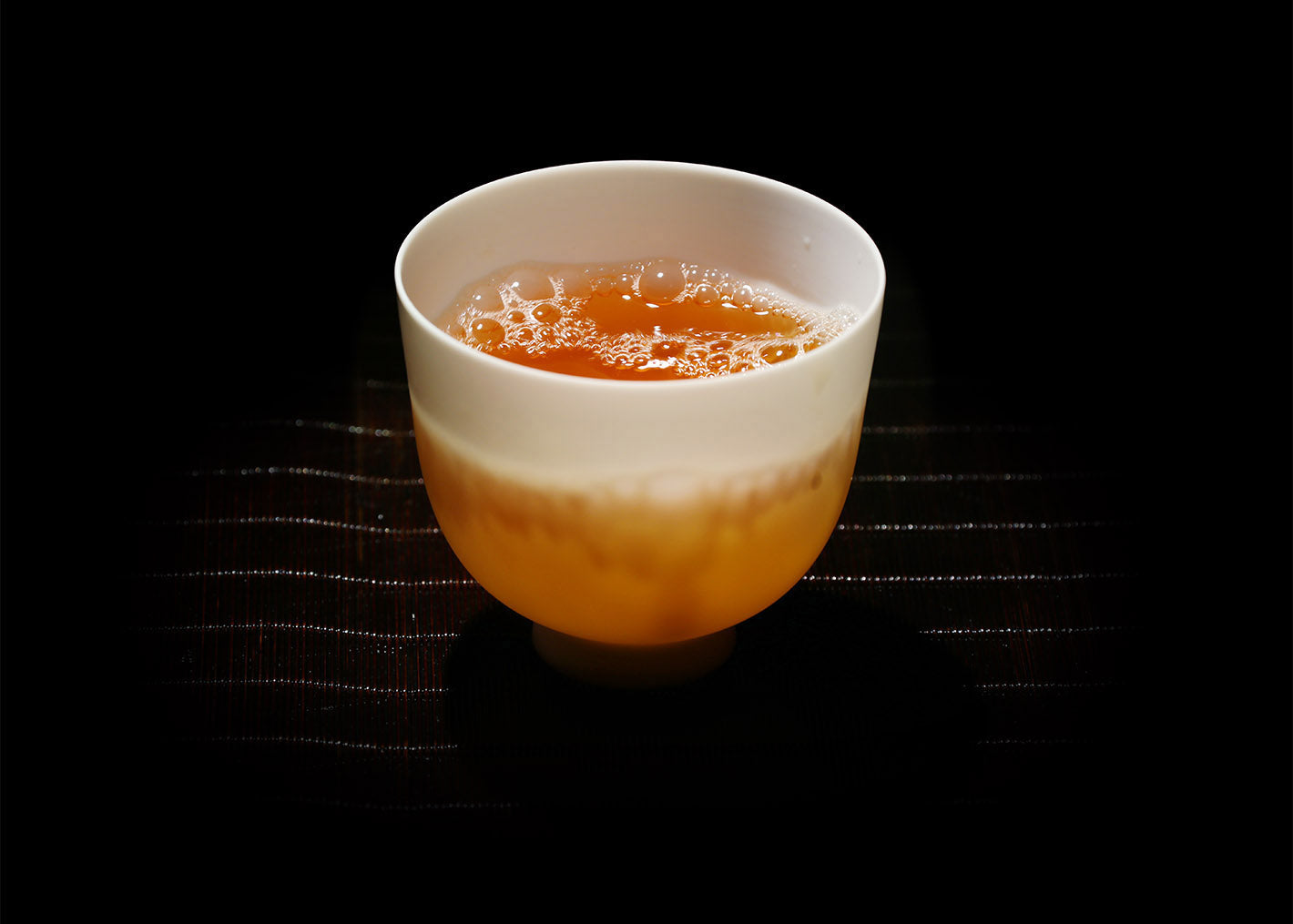
The soup of Red Guanyin and Red Peony tea is golden yellow, with an amber hue.
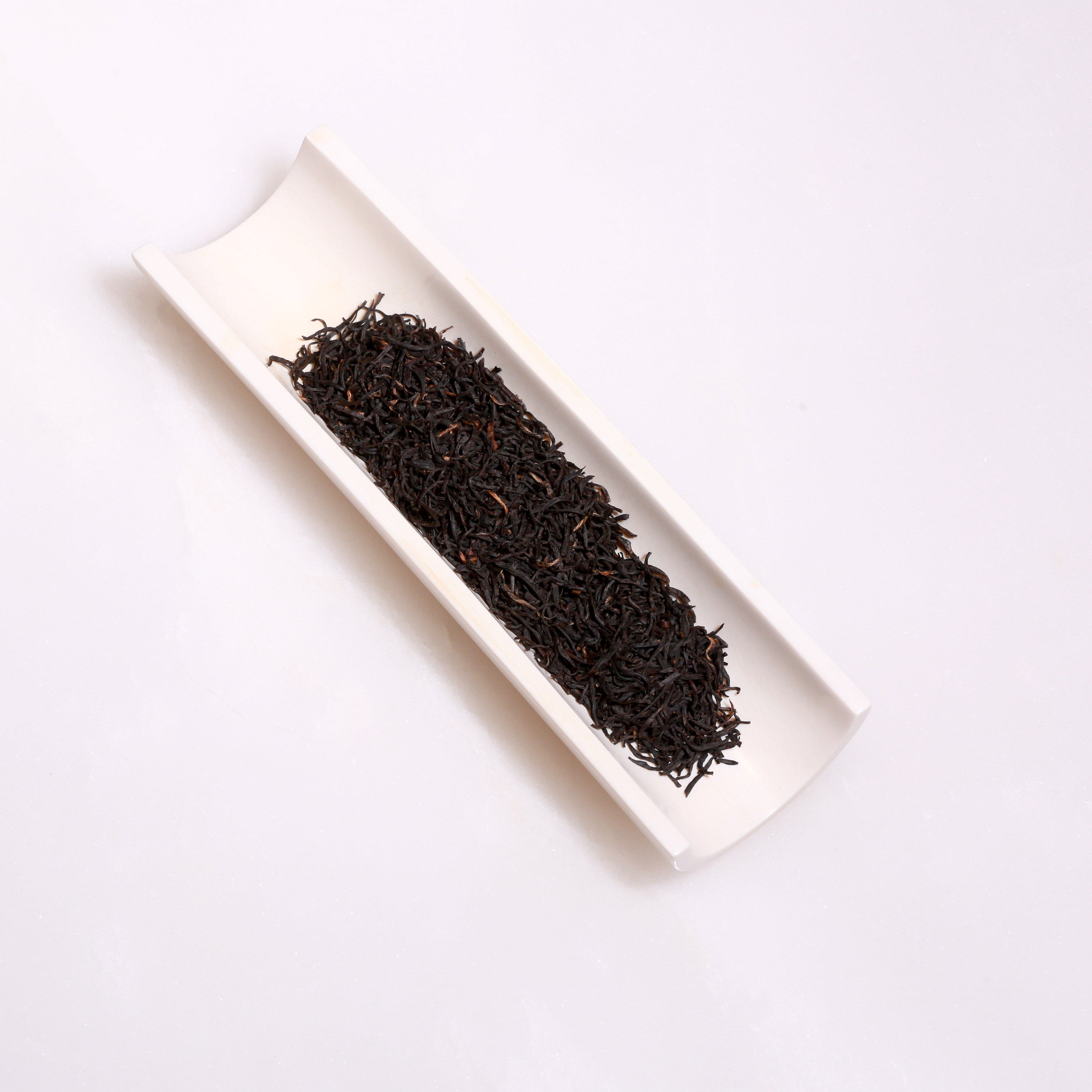
"Red Peony" and "Red Guanyin" (Congou Gongfu Black Tea) dry tea appearance: 100% buds, very tender.
Each gram of tea carries a family's 174 years of day-and-night guardianship
Through six generations of tea masters' perseverance
Complex brewing
exacting attention to details
Each gram of tea carries a family's 174 years of day-and-night guardianship
Through six generations of tea masters' perseverance
Complex brewing, exacting attention to details
Only to help you taste the true flavor of tea aroma
Brew
1. Prepare tea warmer
Gaiwan (lidded bowl), Yixing teapot, and glass teaware are all suitable.
Warm the cup with boiling water before brewing.
II. Adding tea leaves and shaking to release aroma
We recommend using 3-5 grams of tea leaves, but this can be adjusted according to personal taste. After adding the tea leaves, gently shake the container to release their aroma.
III. Brewing and Drinking
Let the boiling water cool to around 80 degrees Celsius. We recommend a gentle, slow brewing method, pouring water gently over the tea leaves to allow them to be evenly moistened and unfurled, resulting in a balanced flavor and aroma in the tea.
The first two infusions should be poured out within 2 seconds, the third within 3 seconds, and subsequent infusions can be poured out within a certain time. The aroma will linger after 7 infusions.
Brewing tips:
First: Always brew at a low temperature . If you use boiling water (100 degrees Celsius) for the first infusion, the tea will easily become strong and bitter. After the mouth is stimulated, even if subsequent water temperatures are suitable, the tea will taste weak. This is due to the characteristics of oral sensation. Therefore, using boiling water for the first infusion will cause the tea to lose its original wonderful experience.
This principle applies to all high-grade Chinese teas made from "tender buds," such as Mengding Ganlu and Biluochun. Generally speaking, the more delicate the buds, the lower the water temperature should be; the larger the leaves, the higher the water temperature can be.
Second: A single brew of tea should be completed within 20 minutes . If it cannot be finished immediately, store it in a container. When you wish to drink it again, reheat the previously brewed tea, and instantly the room will be filled with its fragrance, which will be intoxicating.
Do not leave steeped tea in the gaiwan for an extended period (such as one or two hours) before re-steeping. This is because oxidation occurs, deepening the oxidation of tea polyphenols, weakening the original fresh and crisp flavor, and causing aromatic substances to evaporate, resulting in a bland taste. Such brewing transforms a fine tea with rare qualities into a lackluster drinking experience.
This tip applies to all Chinese teas with exceptional aroma and flavor, especially those with a "highly aromatic" character.
The exceptions are aged Chinese teas and those with a heavily roasted and fermented style, which can be steeped slowly, brewed slowly, or boiled slowly.

Please refer to the traditional Chinese black tea brewing method.

Tanyang Village, China – the origin of world-class black tea

Bubble tea packaging effectively isolates tea from oxygen, light, and moisture, preserving the original aroma and nutrients of the tea for a longer period and extending its shelf life.
storage

Basic principles
Store in a sealed container in a clean, odorless, and dry environment, ideally below 25 degrees Celsius. Avoid light and moisture.
Note: Avoid opening the container frequently.
Every time the container is opened, the tea leaves come into contact with air and moisture, which accelerates the oxidation and deterioration of the tea.
Therefore, minimize the number of times you open the storage container.
Shelf life
The above storage conditions can be met for long-term storage.
1-year appreciation
Aroma: Compared to aged tea, the aroma is fresher, more invigorating, and more pronounced, with a noticeable floral and sweet fragrance, and a high degree of freshness.
Taste: Fresher and more vibrant than aged tea. Upon tasting, the robust inner qualities of the tea leaves are clearly perceptible, with a full-bodied flavor and a rapid and pronounced aftertaste.
Enjoy after 5 years or more of storage
Aroma: The floral and fruity aromas gradually fade, transforming into a rich and deep aged aroma, woody aroma, and camphor aroma, accompanied by a slight medicinal aroma.
Taste: The taste becomes increasingly mellow and smooth. After years of storage, the chemical composition of the tea leaves changes, and the content of irritating substances such as tea polyphenols decreases, resulting in a milder taste, a rich and mellow liquor, a long-lasting aftertaste, and a smooth and delicate flavor with a unique character.






